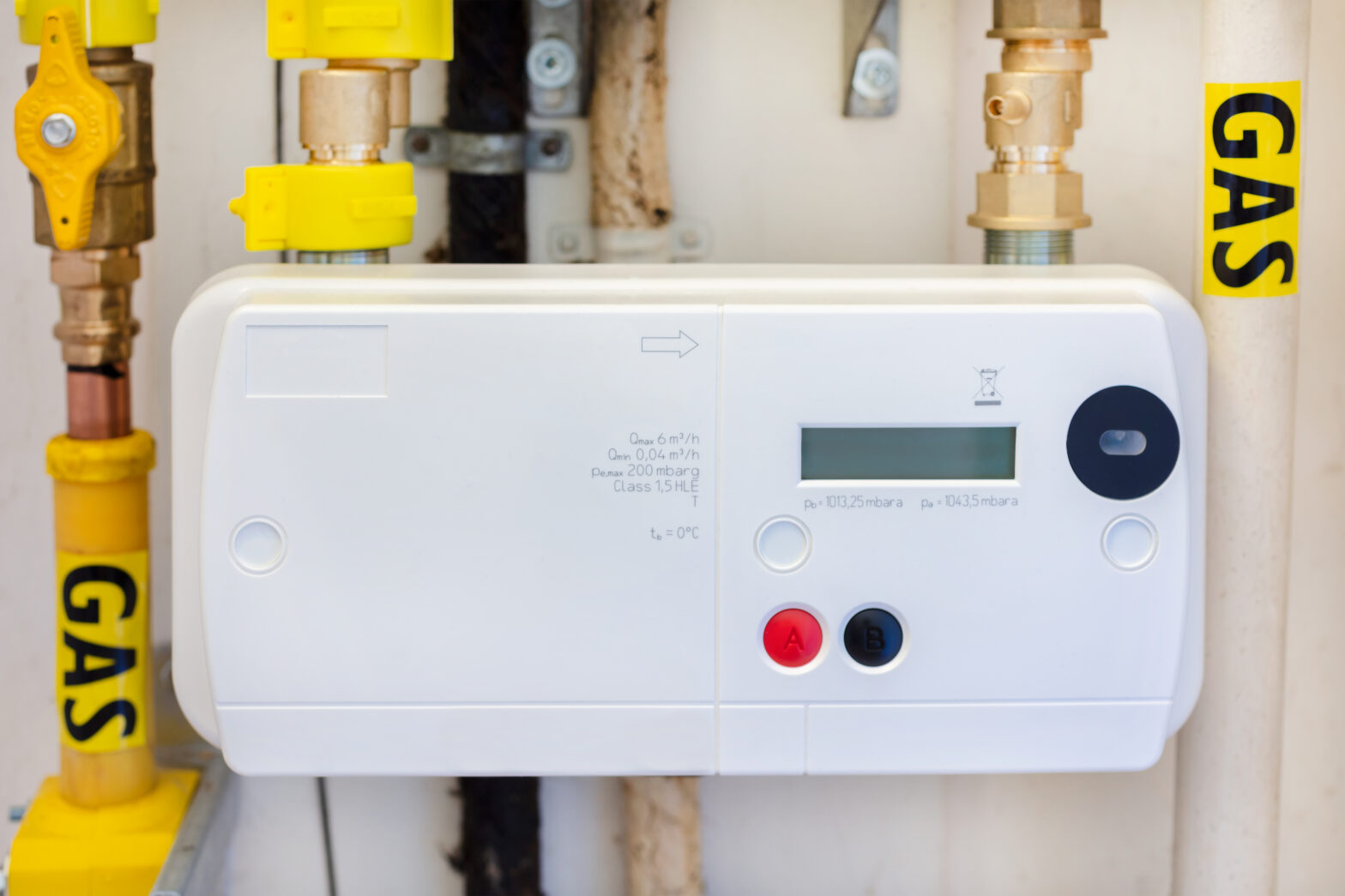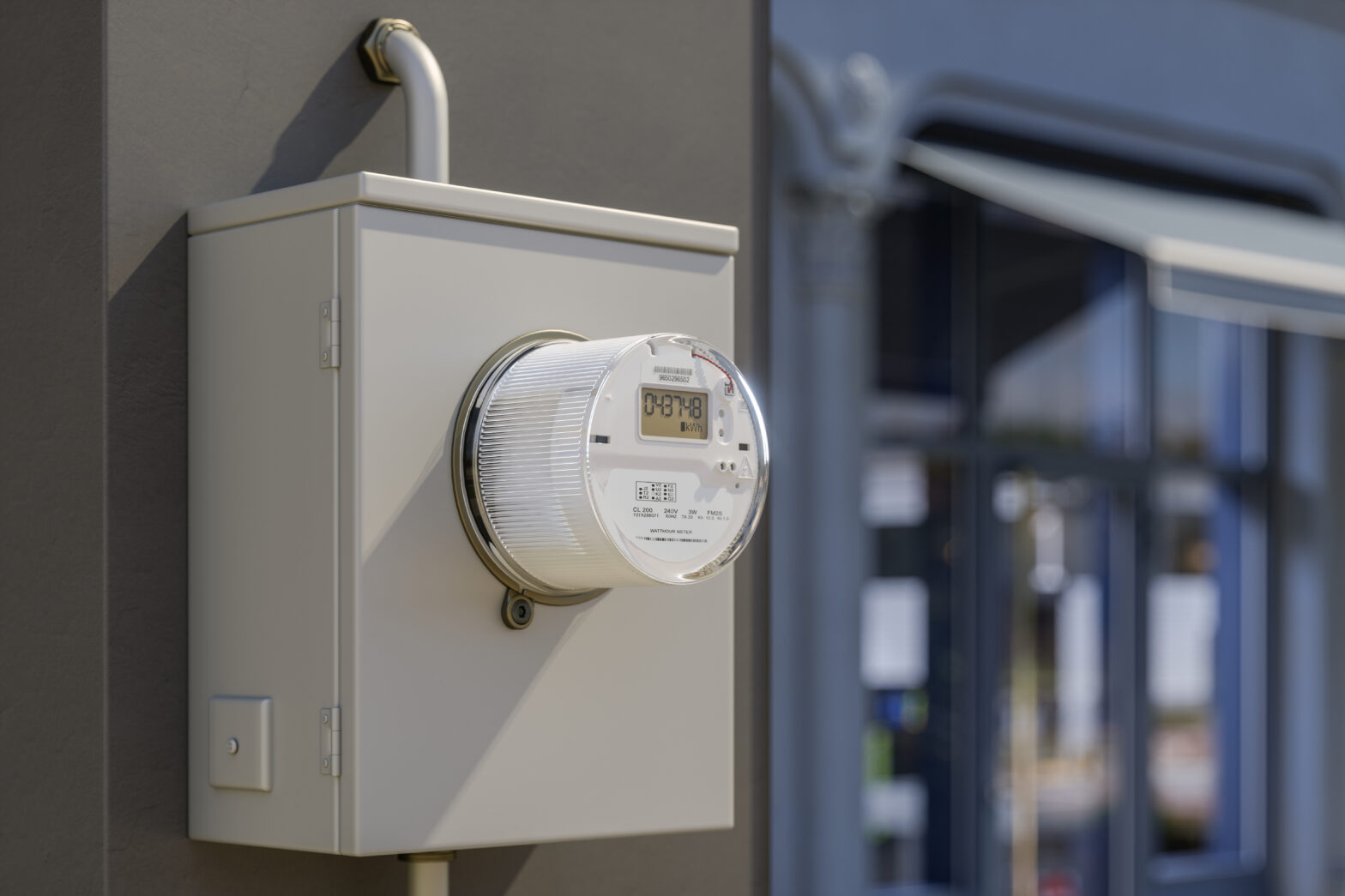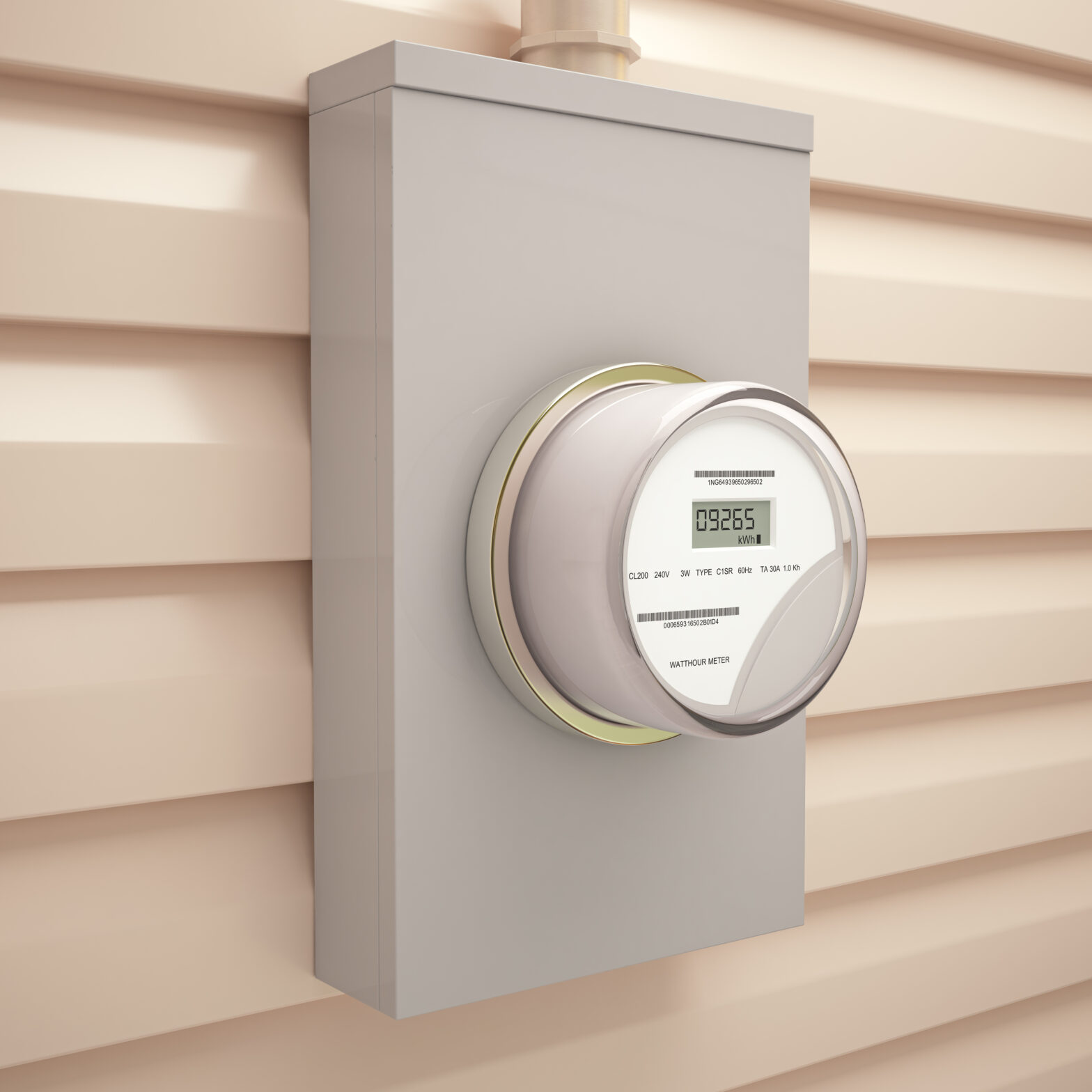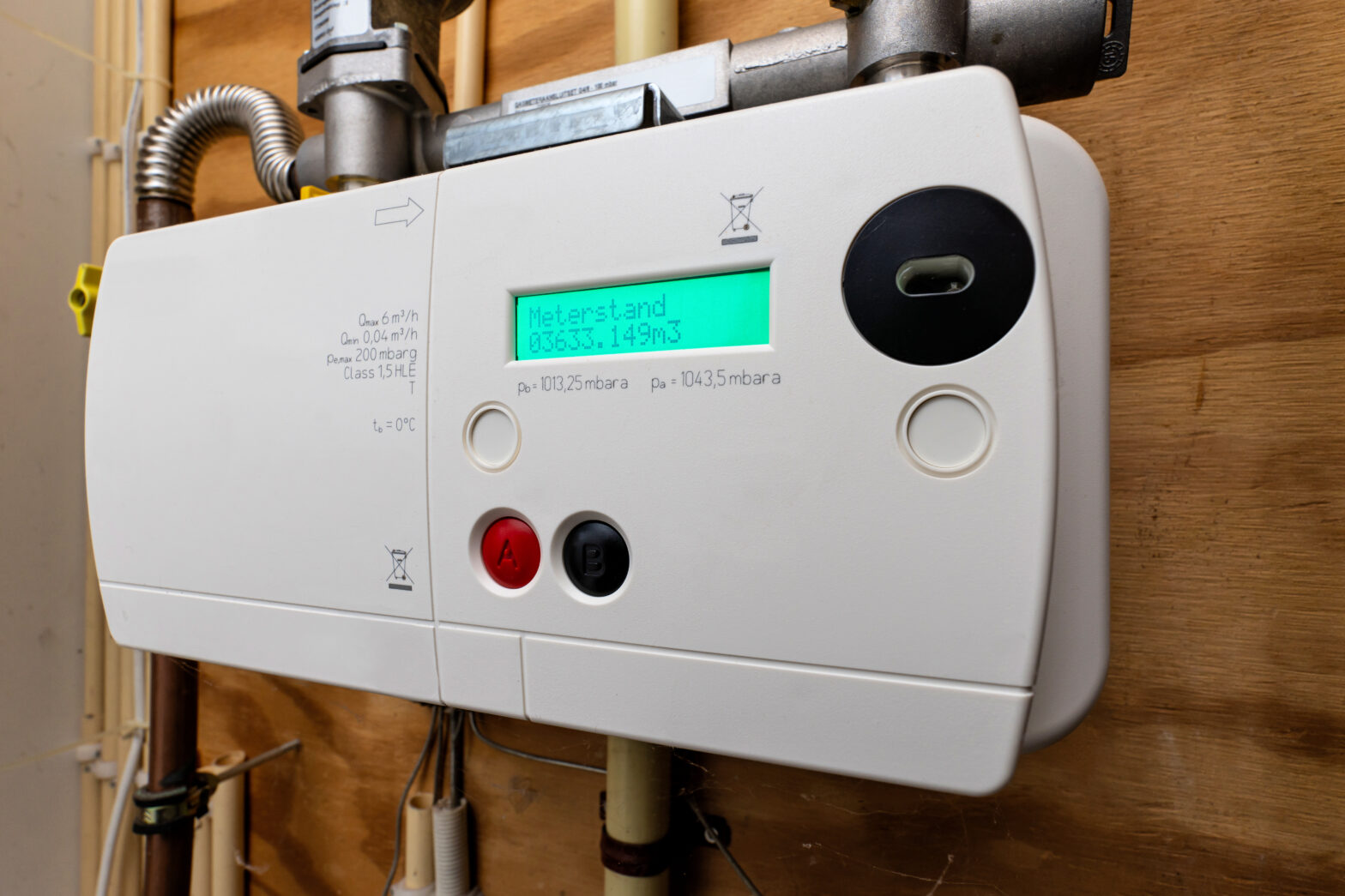Net zero is the global goal of reducing carbon dioxide emissions to zero, either through complete elimination or by balancing emissions with removal.
In order to prevent a climate catastrophe, the international scientific consensus is that we need to achieve net zero by 2050.
It’s a big target, and it’s going to require the effort and cooperation of many nations and organisations around the world, so what can one single small business do to help?
Well, as SMEs make up 99% of the UK’s business population, every business counts. 2050 might seem like the distant future to some, but you need to start taking steps to eliminate or reduce your carbon emissions now.
Here are six tips you can use to start limiting the carbon footprint of your small business.
6 small business net zero tips
Improve your supply chain sustainability
With freight and logistics contributing around 8-10% of global greenhouse gas emissions, every stage of your supply chain is ripe for reduction, and the first step is to identify where in the sequence the sustainability issues are.
If you work with a manufacturer that has poor environmental practices, see if you can find the same products or components with a more sustainable supplier. Likewise, if you currently rely on a foreign supplier, try to source from closer to home. The shorter the supply chain, the lower the emissions.
You should also try to adopt a circular supply chain, which reduces or even eliminates waste. You can do this by recycling reusable products or components and sending them back to your manufacturer to repurpose.
Finally, even if you can’t avoid using aviation or shipping, you can choose a sustainable last mile delivery company or ensure that your current logistics provider uses a green mode of transportation for the journey from the distribution hub to your business.
Encourage remote working and green commuting
Commuter journeys account for 15% of all journeys in the UK, and, according to DecarboN8, carbon emissions from commuting fell by between 30% and 38% during the first lockdown.
While there are many benefits to having team members back together in the office again, reducing the amount of commuting your employees do is clearly an easy sustainability win. If a fully-remote workforce isn’t practical, then allow your employees a certain number of home working days a week.
When employees must travel in, encourage them to use public transport or to cycle. Cycle to work schemes, which allow employees to pay off the cost of a bicycle in instalments without any tax or interest, is a great way to incentivise cycling. And don’t forget to provide a bike storage facility.
Likewise, you can encourage employees to purchase electric vehicles through a salary sacrifice scheme, and install EV charging points at work. If this is unfeasible, give them a travel allowance for public transport or encourage carpooling.
Incorporate sustainability into your KPIs
Helping to achieve net zero by 2050 is an admirable goal, but it’s also vague and over too long a time frame to be practical. You can make net zero a SMART goal by breaking it down into smaller, more achievable KPIs that your whole team can work towards.
For example, you could track your carbon footprint with quarterly or annual reduction targets or you could aim to recycle a certain percentage of your waste.
Get a smart meter
When it comes to reducing energy usage, a smart meter is an extremely valuable tool.
If you receive an In-Home Display (IHD), you can use it to monitor your real time energy usage and spending. You can identify when and why you’re using energy, and when you might be using it unnecessarily. You can then make behavioural changes such as turning off devices when not in use and limiting temperature control measures, which can save the environment and potentially save you money.
Additionally, your smart meter sends accurate information about energy usage back to your supplier, who can use it to manage supply and demand more effectively and to make better use of renewables.
Foster a sustainable company culture
If you want your business and your employees to be proactive about reducing emissions. you need to embed sustainability into your company culture. You can include sustainability as one of your company values and ensure that understanding your business’s sustainability practices forms a part of the onboarding process for new employees.
Most importantly, you need to lead by example. Sustainability should be a do as I do not just a do as I say policy. It’s no good preaching about reducing your carbon footprint while failing to take any steps to do it yourself. Your team will notice if you commute in a gas guzzler every day, throw recycling in the waste, and fail to make any practical changes to improve sustainability in your business operations.
Conclusion
The good news is that, as well as the knowledge that your efforts are helping to protect the environment, being more sustainable can also be more cost effective and even boost your revenue.
Primarily through cost savings on energy, but as sustainability becomes a deciding factor for consumers, customers are rewarding green businesses with increased loyalty and purchases.
That’s not to say it will always be easy. You might have to make difficult decisions in the pursuit of net zero, and you may even have to face higher costs – but it’s a small price to pay for improving the world of tomorrow.
Visit Smart Energy GB to find out more about how installing a smart meter in your workplace can help you to be a more sustinable business and help the environment.
This article is part of a paid-for information campaign for Smart Energy GB.





